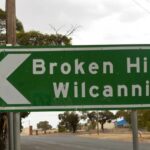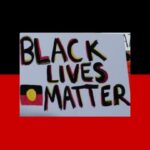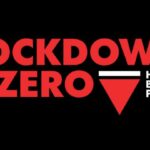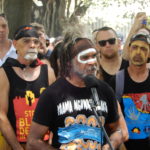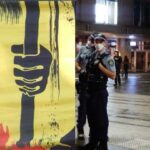Disparities in Berejiklian’s COVID Response Are Leaving Vulnerable Communities Unprotected
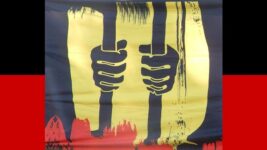
As the state of NSW focuses upon being released from the shackles of lockdown – with those sacred 70 and 80 percent adult vaccination rates as a means of doing so – significant parts of the community are being left behind due to Berejiklian government neglect.
The possibility of the opening up process commencing in a fortnight from now has been flagged as the state reaches that 70 percent adult vaccination rate, however as this is a universal figure, it means that certain sectors won’t have this protection, in particular First Nations communities.
Recent Public Accountability Committee (PAC) hearings into the NSW Government’s Management of the COVID-19 Pandemic has found that over the entire pandemic period, NSW Health has failed to adequately consult with Aboriginal health services statewide.
This means there hasn’t been the drive to vaccinate Aboriginal and Torres Strait Islander populations, and their current low inoculation levels are likely to remain after restrictions have been lifted, leaving these vulnerable people without the protection the wider community will have.
Meanwhile, the Liberal Nationals government has done little to consider vaccinating prisoner populations, even after the long warned of COVID-19 outbreak on the inside is well underway, with inmates having reported offers to vaccinate disappearing once media attention has waned.
Left in the dark
“The first thing we found was First Nations communities in western and far western NSW have not been consulted before decisions are being made,” NSW Greens MLC David Shoebridge told Sydney Criminal Lawyers.
“Not only have these communities not been consulted, but the organisations with the greatest degree of expertise and skill in dealing with Aboriginal health matters – being the various Aboriginal medical services – have never had a meeting with the health minister or the chief health officer.”
A 13 September PAC meeting heard from Aboriginal Health and Medical Research Council of NSW executive director of operations Peter Malouf. The AHMRC is the peak body representing 47 Aboriginal community-controlled health services statewide.
Malouf outlined that with the onset of the Delta variant and the commencement of the vaccine rollout, Aboriginal medical services haven’t been consulted about the inoculation operation, despite having delivered other immunisation programs in the past.
“The disrespect shown to the 5,000 expert medical and allied health staff in the Aboriginal medical services across NSW is just extraordinary,” said Shoebridge. “It explains in large part just how clumsy the response has been from the NSW government in dealing with those communities.”
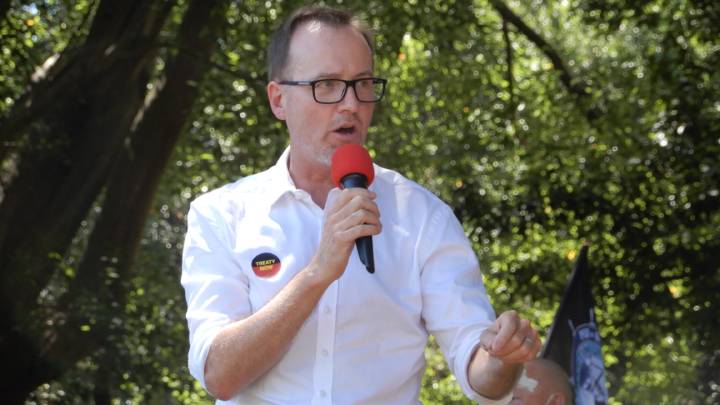
Settler colonial neglect
The effects of COVID-19 have been disproportionately impacting people from lower socioeconomic backgrounds. And for First Nations communities this is further compounded due to the poor health outcomes and lack of services that the ongoing colonial project has left them with.
Maari Ma Aboriginal Health Corporation wrote to the Morrison government in March 2020, advising of the devastating effect that a COVID outbreak could have within Aboriginal communities in far west NSW. But these warnings went unheeded, and now over 1,000 cases have been detected.
Shoebridge made clear that despite the lack of communication so far, there is a desperate need for Aboriginal organisations to be consulted before the lifting of lockdown measures and “potentially hundreds of thousands of people… move through those communities in the next few months.”
Writing in the Conversation, a group of academics recently asserted that vaccine rates need to be at 90 to 95 percent for First Nations peoples. And they warned that if opening up continues in the current manner, large numbers could die in a similar way as occurred at the onset of British invasion.
“The fact is there are still unacceptably low vaccination rates amongst Aboriginal communities across the state,” Shoebridge added. “It is little comfort to them if there’s a statewide target of 70 or 80 percent double vaccination being met if in their communities, the rate is only a fraction of that.”
Potential death penalties
The PAC then heard from prisoner advocates on 17 September, who outlined that despite the initial cases of the Delta variant having shown up inside NSW correctional facilities in late August, little has been done to protect these vulnerable people, with many inmates suffering comorbidities.
UTS Law Professor Thalia Anthony outlined that as of 16 September there had been 283 cases of COVID detected in NSW prisons since the beginning of the month. And this equated to 2.2 percent of the inmate population, which is a much greater rate than the cases within the general populace.
Shoebridge outlined that right now only about a third of the 13,000-odd people currently locked up in the state’s correctional facilities are fully vaccinated. And this is despite the enhanced focus of recent weeks and much higher rates of full inoculation within the wider community.
“What is happening in NSW prisons is nothing short of a disgrace,” the PAC chair added. And he further outlined that at the time the outbreak began in NSW prisons, only 21 percent of inmates were fully vaxxed, while WA and the ACT had inmate rates at “55 and 50 percent respectively”.
Those with least hit hardest
Berejiklian’s response to the current COVID outbreak has been one of reluctance to act, followed by the imposition of an overbearing law enforcement approach, when ignoring the situation is found not to work.
The Liberal Nationals government’s crisis cabinet failed to meet for eight days after the initial case of Delta was detected in the state.
The now rolled back heavy-handed police and military occupation of western Sydney is another example.
The PAC heard testimonies from representatives of these multicultural communities about the unwarranted and discriminatory aspect to the enhanced restrictions they were subjected to.
And according to Shoebridge, the COVID crisis “has exposed the existing inequities in the system”, with people undertaking casual and shift work not only having to shoulder the burden of the economic consequences of lockdown but often having been some of those most exposed to the health risks.
“We are seeing the most marginal communities not getting the protection that they deserve and require,” the Greens justice spokesperson concluded, “and you would put at the top of that list First Nations communities and prisoners held in the state’s prisons.”
“This is a crisis that is hitting the hardest on those with the least.”



